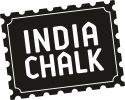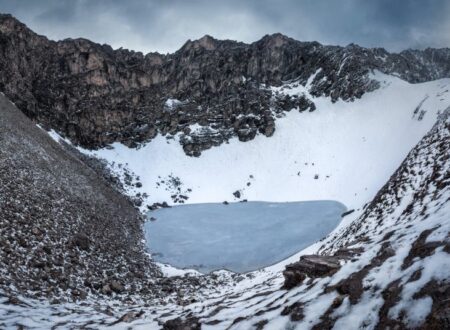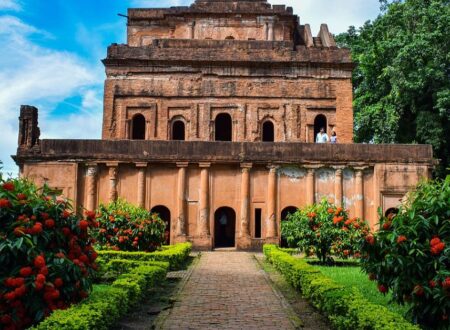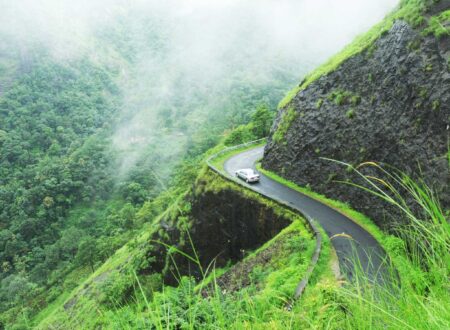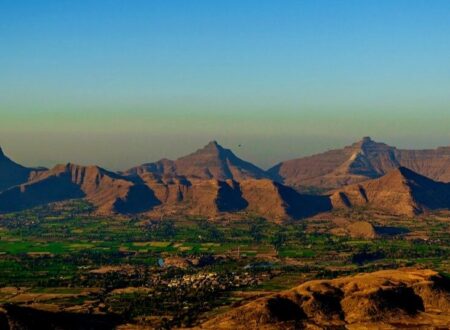Before the East India Company came, before the Mughals came, India was a collection of various dynasties. Each dynasty covered a considerable region and a king/royal family ruled over that dynasty. Some dynasties flourished and some failed. Now, when speaking about dynasties, there is one such dynasty that ruled the longest. This was the Chola Dynasty of the Southern India region. In this blog, we will explore one of the most magnificent pieces of Tamil Nadu heritage i.e. the Cholas Temples.
Suggested Read: Discover The Confluence: Kanyakumari And The Seas
The Brief History of Chola Dynasty
We all read about the Chola Dynasty in our school syllabus but let’s be honest, who was paying attention? I wasn’t! So, I am just going to assume that you did the same and so here is a small history about the Chola Dynasty, where did they rule and how long they ruled.
In the beginning, there were the Pallavas. They were ruling without any hassles until the Cholas came and defeated them in the 9th Century. The Chola Dynasty spread far and wide since they were remarkable rulers and administrators. Science, art, religion, culture, trade, military, everything flourished & thrived.
If you look at the map of Modern India, the regions of Karnataka, Andhra Pradesh, Tamil Nadu, Kerala, Sri Lanka and Lakshadweep came under their rule. Impressive, right? The fact that they also ruled Sri Lanka & Lakshadweep says that they must have had tremendous naval power. The Cholas ruled until the 13th Century after which the Pandyas came and defeated them.
Travelling South? Check out The City of Nizams and Nawabs: Hyderabad On Focus
Chola Temples: A Tamil Nadu Heritage & Legacy of the Cholas
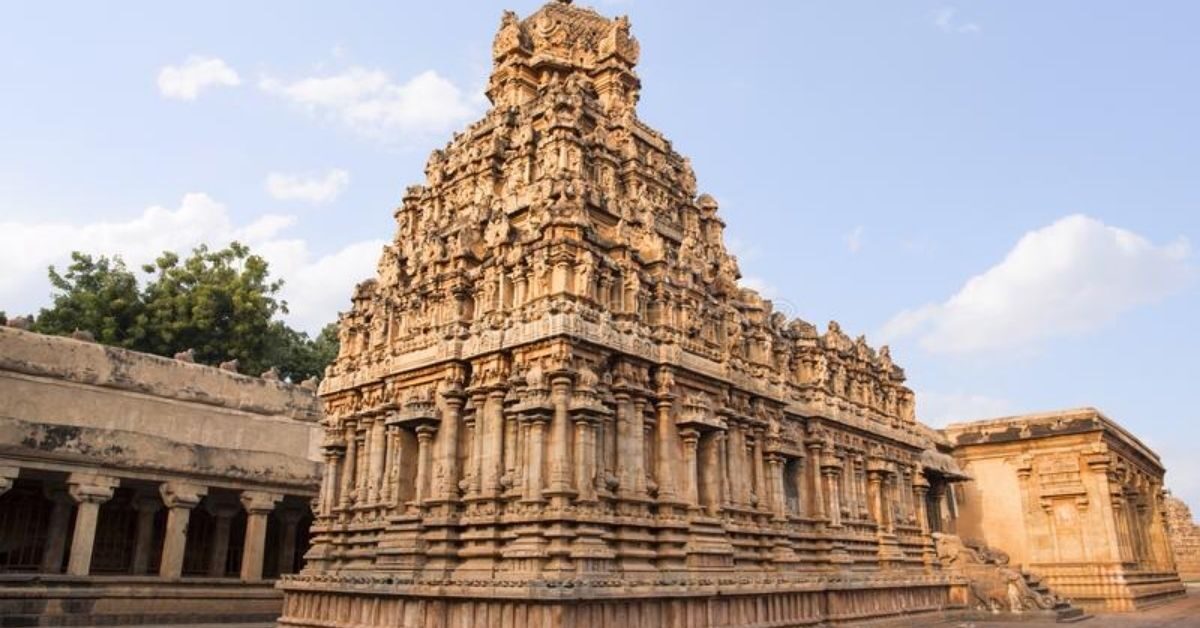
Also known as the ‘Great Living Chola Temples’, these Tamil Nadu temples are a UNESCO World Heritage Site. It means that these temples are considered to be of “outstanding value to humanity” and no one can just willy nilly come in to desecrate the site.
All in all, there are three Chola temples: the first one is Brihadisvara temple in Thanjavur, the second one is in Gangaikonda Cholapuram and has the same name as the first one. The third temple is the Airavatesvara temple in the town of Darasuram. Let’s see what makes each of these temples so special that they are UNESCO World Heritage Site!
The First Temple: Brihadisvara temple in Thanjavur
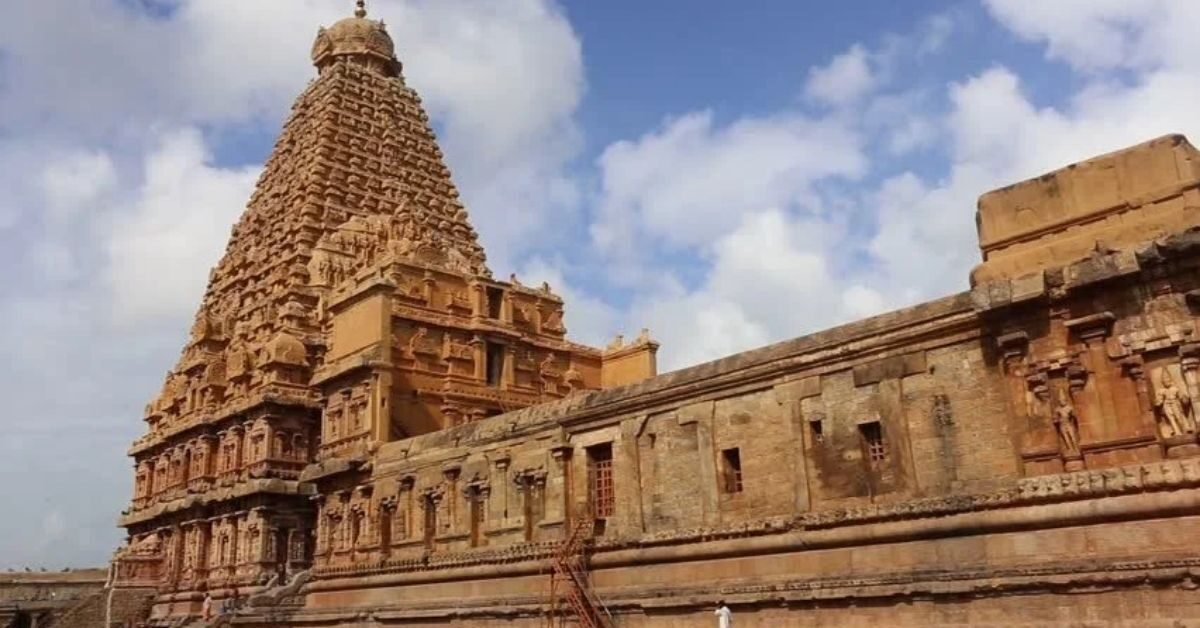
This temple is one of the largest South Indian temples and is an impeccable example of Tamil architecture. Dedicated to Lord Shiva, Thanjavur’s Brihadisvara temple is one of the largest monolithic linga sculptures in India. This temple is so intricately carved that each wall, each corner and pillar looks like a work of art.
The temple is abundant with murals, inscriptions, mandapas and also sculptures of Lord Nataraj, Ardhanareshwar (half Shiva-half Parvati), Harihar (half Shiva-half Vishnu) and more. This temple remains one of the most visited tourist attractions in whole of South India.
How to reach this temple?
Thanjavur is approx 350 km away from Chennai and is well connected by rail and road to other major Indian cities. Although if you’re travelling by air, the nearest airport is in Tiruchirapalli (approx 55 km).
The Second Temple: Brihadisvara temple in Gangaikonda Cholapuram
King Rajendra Chola I built this temple as a part of his new capital. Although the temple is smaller than the Thanjavur temple, it is more refined and more spectacularly designed. The temple is filled with sculptures and murals of Shiva, Vishnu, Durga, Parvati, Ganesha, Kali, Brahma and so much more.
How to reach this temple?
This world heritage site is roughly 70 km from Thanjavur temple. It is easily accessible by taxi, bus and private cars since it is situated on Highway 81 which connects Tiruchirapalli and Chidambram. The nearest airport is again in Tiruchirapalli (approx 120 km).
The Third Temple: Airavatesvara temple in Kumbakonam
Inspired by the best of Dravidian architecture, this temple was built in the 12th Century by the enigmatic Chola King Rajaraja II. What’s special about this temple is that it was built like a chariot. Once you visit this temple, you will find a lot of science inculcated into its architecture.
One of its most scientific architecture is its two sun dials. The two dials are made is shape of a big chariot wheel where one dial is used as a morning sun dial and the other as an evening sun dial. Cool, right? Today’s glass & steel behemoths can’t even come close to the ancient architecture.
How to reach this temple?
This temple is located approximately 40 km from Thanjavur’s Brihadisvara temple. Like the other two temples, it is well connected by road and railways. The nearest airport is 90 km away from…you guessed it right…the Tiruchirapalli airport.
FUN FACT: the famous American astrologer, Carl Sagan, documented this temple in his documentary series, Cosmos: A Personal Voyage (episode name: Edge of Forever). Check out his episode to see how he connected the mysteries of the cosmos to an ancient Indian temple.
When to visit these temples?
All three of these Tamil Nadu temples are open for public visitation & worship but if you really want to see these temples in all their glory, you can visit them during Maha Shivratri period.
Travelling in Spring? Check out these 5 Best Indian Places to Visit in March
Conclusion:
So, there you go. This was a short snippet on one of the greatest temples ever built in India, the Chola Temples. If and when you visit these temples, keep certain things mind. One, do NOT desecrate the temples in any manner, it actually is a criminal offence. Do NOT litter around the property, be courteous towards the local natives and do not offend anyone’s religious sentiments. This includes wearing proper attire and being responsible. Happy travelling!
If you think I missed something about these temples or if you want to share your experience, leave me a comment down below
Follow India Chalk on Instagram for more amazing travel content. You can share your travel story with us. Reach out to us on email at contact[at]ndiachalk[dot]com. This blog is curated by India Chalk and written by Aishwarya Dikshit.
